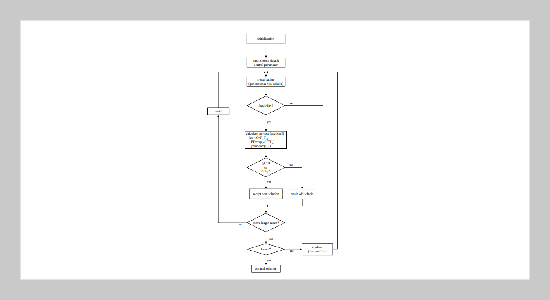Ying-Tung Hsiao This email address is being protected from spambots. You need JavaScript enabled to view it.1 1Department of Electrical Engineering Tamkang University Tamsui, Taipei, Taiwan 251, R O.C.
Received:
July 19, 2001
Accepted:
August 15, 2001
Publication Date:
September 1, 2001
Download Citation:
||https://doi.org/10.6180/jase.2001.4.3.06
This work presents a method capable of designing power filters to reduce harmonic distortion and correct the power factor. The proposed method minimizes the designed filters’ total investment cost such that the harmonic distortion is within an acceptable range. The optimization process considers the discrete nature of the size of the element of the filter. This new formulation is a combinatorial optimization problem with a non-differentiable objective function. In addition a solution methodology based on an optimization technique - simulated annealing is proposed to determine the size of filters with minimum cost. The proposed technique is compared with the sequential unconstrained minimization technique in terms of performance and investment cost, via the industrial distribution system.ABSTRACT
Keywords:
Harmonics, Filter, Power Quality, THD, Optimization
REFERENCES
















